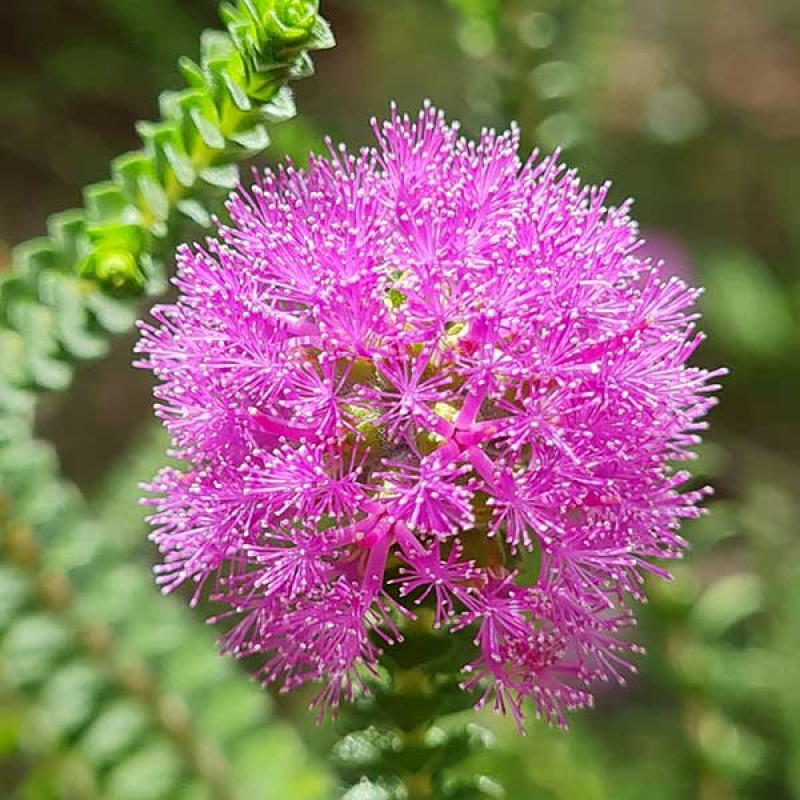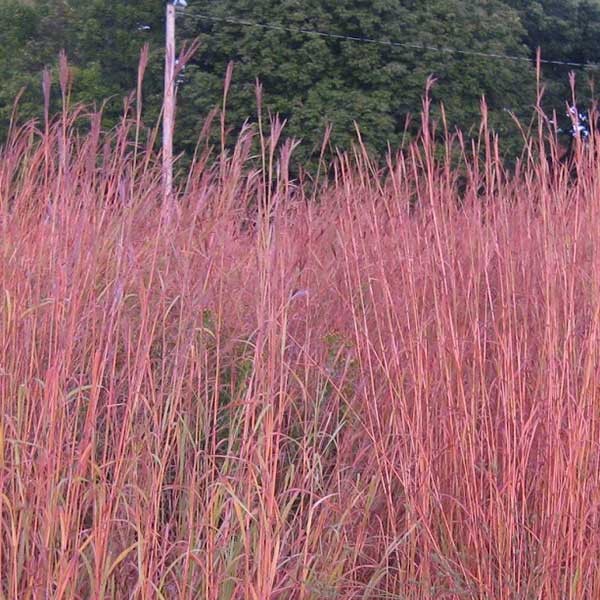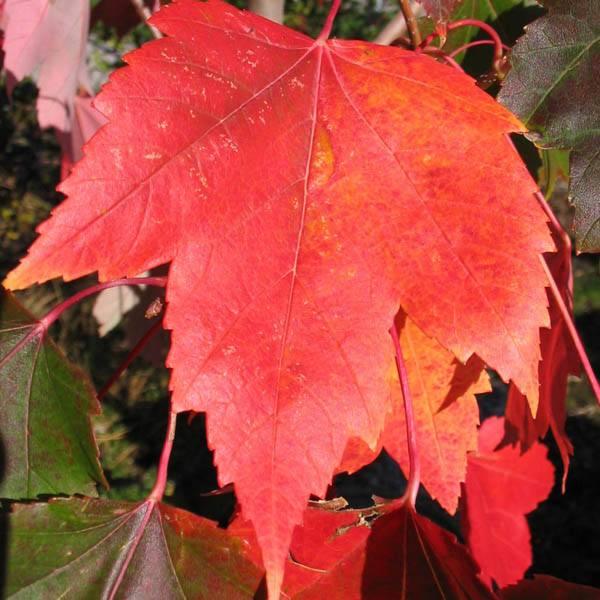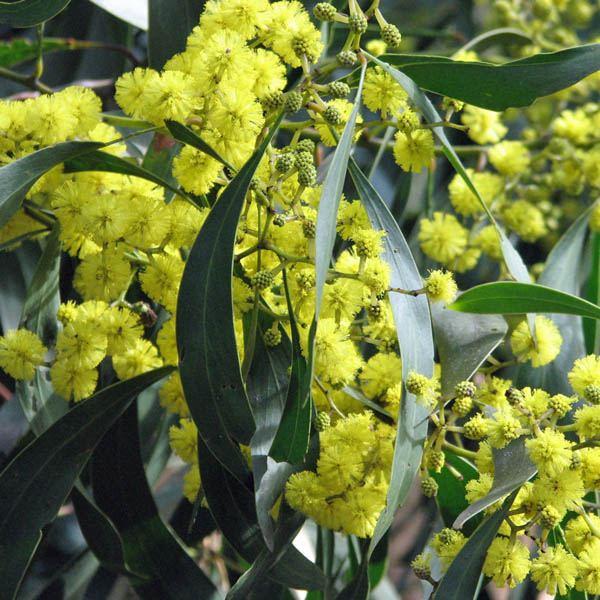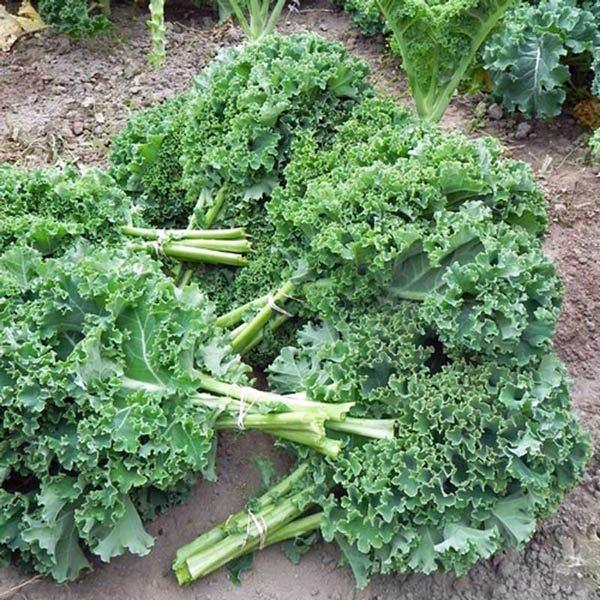We ship Internationally and Australia-wide | Phytosanitary Certificates are available for international orders.
Due to high order volumes, our handling time has been extended to 5-7 business days. We apologise for any inconvenience and appreciate your patience.
Regelia ciliata is a small shrub that belongs to the Myrtaceae family. This genus includes five species that are all native to the southwest of Western Australia.
The grey-green foliage provides a good contrast to the mauve flowers that bloom over an extended period. The flowers grow in dense heads that are 20-50 mm wide and are located at the ends of short branchlets. The small heart-shaped leaves grow close to the stems and are arranged in pairs.
Regelia ciliata grows naturally in low-lying sand flats that may become waterlogged during winter. However, unlike many Western Australian species that struggle to adapt to the soils and climate of eastern Australia, Regelia ciliata can grow easily in most conditions. It has a rigid, spreading habit and can reach a height of 1.3 to 1.5 meters, with paper-like bark covering its stems.
Regelia’s are a very hardy genus and can be easily propagated from seed.
Occurs naturally in the regions of the Avon Wheatbelt, Geraldton Sandplains, Jarrah Forest, and Swan Coastal Plain in Western Australia.
Although seed can be sown most of the year in many parts of Australia seed is generally best sown in spring or autumn in temperate climates, avoiding the coldest and hottest months of the year. The optimum germination temperature for germination is around 18-22°.
Sow seed on a porous seed-raising mix and cover lightly. Do not bury the seed deeply.
Place in a warm shaded or semi-shaded position to avoid dying out.
The growing medium should be well draining but should remain moist between watering.
Germination should occur in 21-60 days depending on the temperature and conditions.
Pre-treatment of smoke is recommended for this species.
Many members of this genus are responsive to the pre-treatment of smoke. Although germination may occur without smoke treatment it has proved to be beneficial in reducing the number of days to germination and increasing germination rates in this species.
Smoke treatments are simple and can be undertaken either by soaking the seed overnight or by applying to the surface after sowing, both provide good results. Smoke treatments are available by clicking here.
Please note:
These growth notes are provided as guidance only and do not guarantee successful germination.
If you are uncertain about the requirements for importing seeds into your country, do not hesitate to contact our Export Manager at Australian Seed.
Being a registered Export Establishment, we have an officer who can help you obtain Phytosanitary certificates if needed.
It is important to note that the buyer is responsible for clearing the goods through customs and paying all associated charges, including import fees and taxes. Please note that we cannot accept returns due to Australian quarantine restrictions.
You can find the complete International terms and conditions by clicking on this link
At Australian Seed, we take pride in our extensive network of trusted suppliers and collectors who work with us to provide you with an unmatched selection of top-quality products.
Whether you are searching for a specific item or need to make a bulk purchase, our team is here to help. Our dedicated customer service representatives can guide you through our vast inventory and assist you in finding exactly what you need.
We are committed to providing our customers with the highest level of service and support.
Please don't hesitate to contact us If you require any assistance. Please don't hesitate to contact us at Australian Seed

